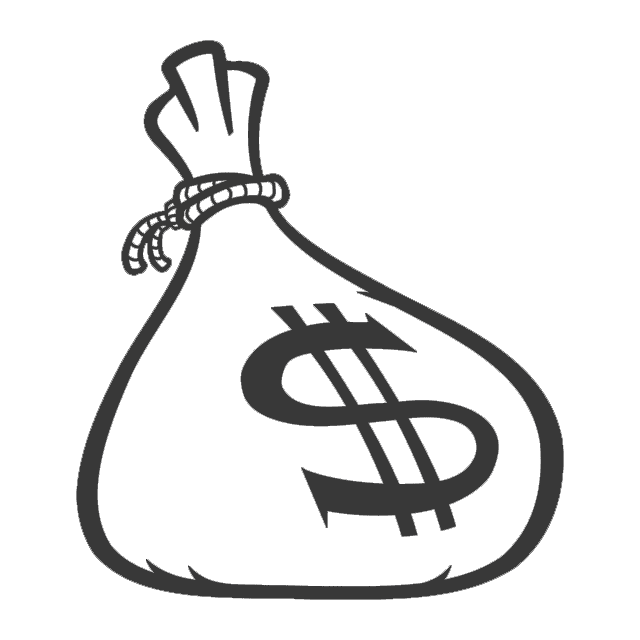(From the Intellectual Ammunition section in Volume 18, No. 13 of the Liberator Online. Subscribe here!)
Imagine living in an America where the average family was worth millions of dollars.
That’s what America could be today — if the federal government hadn’t increased its interference in the U.S. economy during the past 60 years.
That’s the stunning conclusion of a new study by economists John Dawson of Appalachian State University and John Seater of North Carolina State, published in the Journal of Economic Growth.
They compare U.S. economic growth with the growth in federal regulation since 1949, and conclude that federal regulations cost the average American household more than a quarter-million dollars in lost income — annually.
Today the average household brings in about $53,000 per year. Without federal regulations passed during the past sixty years, that same household would bring in a whopping $330,000 per year instead.
Put another way, the U.S. GDP Is $16 trillion. Without the federal regulations of the past sixty years, Dawson and Seater argue it would be about $54 trillion. Federal regulations since 1949 have thus cost America an astounding 75% of our potential growth.
With this loss of income, of course, comes a corresponding loss in health, education, environmental quality, safety, charity and much more.
Ronald Bailey, science correspondent for Reason Magazine, has written an excellent analysis and summary of the Dawson and Seater study entitled “Federal Regulations Have Made You 75 Percent Poorer: U.S. GDP Is Just $16 Trillion Instead of $54 Trillion.” Bailey’s article is highly recommended for anyone wanting to learn more about the study and the methodology it uses.
Bailey tests their hypothesis against various assumptions and finds that their basic argument holds — that federal regulations have cost Americans an incalculable amount of wealth.
But what about the value of the federal regulations? Haven’t citizens benefited from these regulations? The two economists argue that their findings “indicate that whatever positive effects regulation may have on measured output are outweighed by negative effects.”
Or, as Bailey says: “Whatever the benefits of regulation, an average household income of $330,000 per year would buy a lot in the way of health care, schooling, art, housing, environmental protection, and other amenities.”
Of course, it is extremely naïve to assume that regulations are designed wisely and dispassionately to benefit and protect citizens. Many economists have long noted that much regulation is not — despite the claims of regulators — aimed at protecting consumers, but rather at benefiting and enriching special interests, including the regulated businesses (which routinely use regulations to enrich themselves and injure their competition), politicians, and regulators. And regulation also often triggers unexpected costs and consequences.
If economists Dawson and Seater are right, government regulations have wiped out incalculable riches in the past sixty years, without remotely comparable benefits. This important new study deserves the attention of all who are interested in liberty.




















